by Amir Maddah of FORREC, and Ras Amirzadeh
Artificial Intelligence (AI) is rapidly emerging as a global driver of change in media and entertainment. While earlier technologies such as CGI, VR, and AR introduced new forms of engagement, recent advances in generative AI and large language models (LLMs) are reshaping how content is created, delivered, and experienced.
This article examines both the opportunities and challenges of AI ’s transformation, focusing on the guest journey in location-based entertainment and exploring how emerging technologies can enhance it now and in the near future.
Guest journey and some challenges
The guest journey in location-based entertainment is an experience that begins before arrival and continues long after departure.
Every touchpoint — planning, entering, navigating, waiting, eating, and sharing memories — shapes how guests feel and whether they return. A well-crafted journey balances storytelling, comfort, and flow, guiding visitors through spaces that feel intuitive and alive.
To contextualize this experience, it helps to first consider how AI is already being applied across the broader entertainment landscape.
The following table outlines several key techniques and examples.
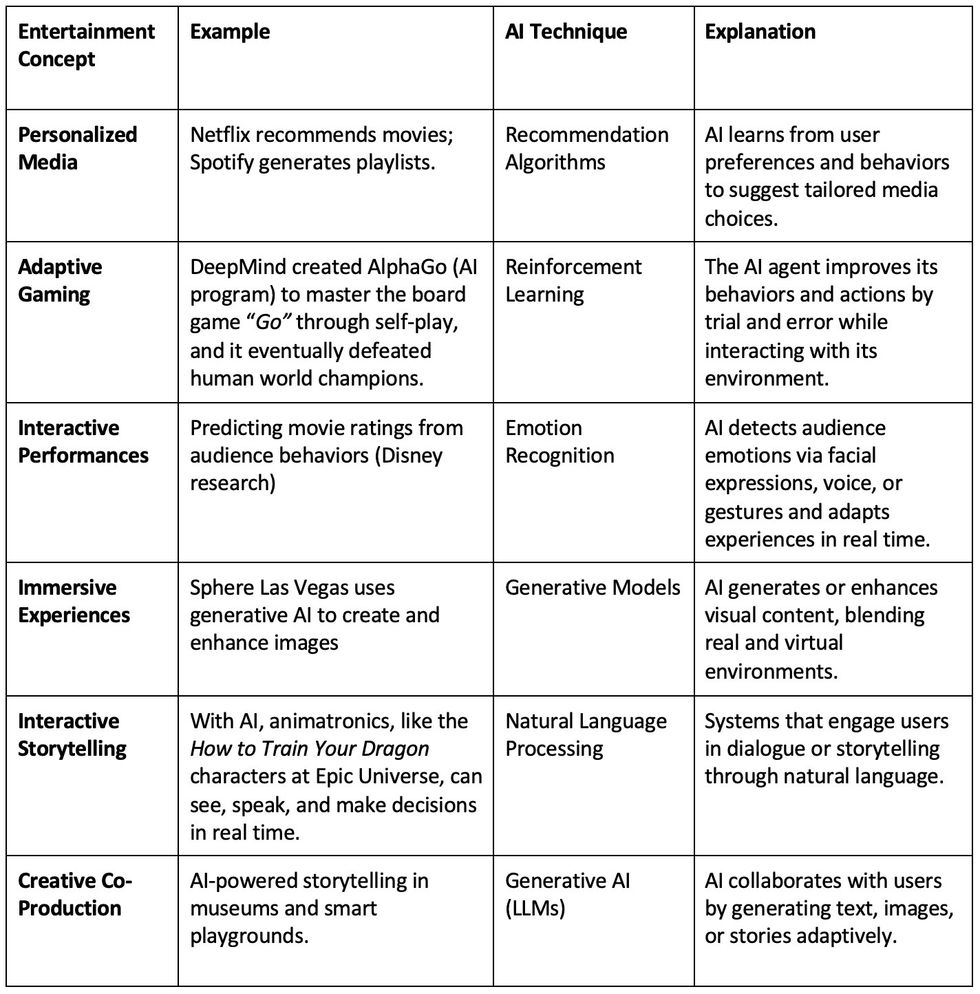
But several challenges can disrupt or reduce the quality of the guest journey.
Guest movement is often unpredictable, creating congestion in some areas while others remain underused. Long queues remain one of the biggest sources of frustration, and design or operational testing often relies on limited data, leaving issues unnoticed until after opening.
As audiences increasingly expect more personalized experiences, traditional planning tools struggle to keep up. While there are many overlapping challenges, here we focus on a few key issues in our industry and show how AI can help address them.
Digital twins to test guest flow & master planning
In master planning and operations, miscalculations in guest flow, space programming, or area distribution can create major inefficiencies once the park opens.
Designers often rely on static models, spreadsheets, and experience, but these tools cannot fully predict how guests will interact under real conditions. Visitors may face operational challenges and uneven circulation, issues that could have been anticipated through better simulation and testing.
This is precisely where digital twin technology can make a difference.
A digital twin is a virtual replica of a physical environment that mirrors real-time data from the venue, allowing designers and operators to observe how guests interact with spaces, predict bottlenecks, and test new ideas before implementation.
AI enhances these systems by continuously analyzing data from the twin, learning guest patterns, and automatically suggesting design or operational adjustments.
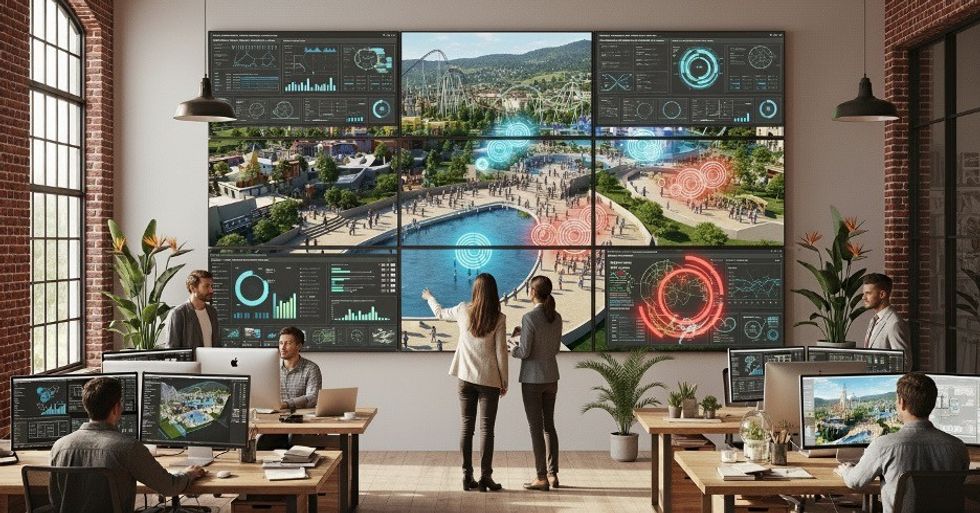
Major entertainment companies such as Disney and Equans Digital already use this approach to simulate crowd movement and optimize operations.
Fine-tuning open-source LLMs for domain-specific space programming
In the early stages of theme park and attraction master planning, one of the most complex tasks is space programming, translating operational goals, budgets, and brand requirements into detailed area allocations and spatial relationships.
Each project begins with massive spreadsheets and reference data collected over years of work, yet generating a comprehensive program can still take weeks of manual calculation and review.
While AI can help, commercial LLMs such as ChatGPT or Claude cannot be safely used in this context, as sharing internal archives or concept materials through public Application Programming Interfaces (APIs) risks exposing proprietary creative methods developed over many years.
Fine-tuning open-source LLMs on internal data offers a secure and creative alternative. It is like training a new designer who already understands design but must learn your studio’s unique standards.
Once trained, the model can produce accurate program summaries, area schedules, and circulation metrics, and reduce repetitive manual work while maintaining the confidentiality of internal knowledge.
AI optimization for queue scheduling
Long waiting times remain one of the most common sources of frustration in theme parks and attractions.
Unhappy guests often leave feeling fatigued rather than excited, spending less time and being less likely to return. What if there were a system that could optimize this process?
AI offers a powerful way to do so by using optimization algorithms, such as reinforcement learning to dynamically manage queues and distribute visitors across attractions.
In simple terms, optimization here means finding the most efficient way to move guests through rides and areas while minimizing waiting and crowding. In practice, visitors can be guided into virtual queues, allowing them to explore or relax while waiting for their turn.

This prevents overcrowding and improves comfort.
Although such systems must be carefully designed to reflect daily ride capacities and fairness constraints, ensuring that virtual queues don’t simply favor tech-savvy or quick-responding guests.
Strategies may include limiting the number of virtual reservations per visitor or repurposing the space and budget traditionally used for physical queue lines to create dedicated preshow or social zones, where guests can enjoy interactive activities, retail, or dining experiences while they wait.
Generative AI for personalized guest journeys
Every visitor’s experience begins even before they arrive. What if there were a tool that could help guests discuss their expectations and discover what they truly want from their visit?
Often, especially for first-time visitors, people may not know which attractions suit their interests or how to plan their time. Imagine a chatbot designed specifically for the venue, trained on its layout, attractions, shows, facilities, food options, booking systems, and even live operational data.
Such a system could talk with guests before or during their visit, understand their mood and goal while monitoring factors like weather and crowd levels, and then recommend a personalized journey through the park which can be updated throughout the day as new data arrives.
A purpose-built generative AI system can combine personalization with situational awareness and act as a personal tour lead that knows your interests and is flexible enough to change the plan based on your emotions and feelings at any moment.
A co-pilot that you can talk to and listen to, instead of looking at the app and losing the immersive feeling of space.
When reflecting on AI ’s broader role, some may see it as a total revolution that will redefine the guest journey. In contrast, others fear it could reduce moments of surprise or overlook the emotional dynamics of a shared group experience.
However, the truth likely lies somewhere in between. History shows that even powerful companies like Yahoo or Nokia can decline within a few years when they fail to adapt to technological change.
Therefore, the goal should not be blind enthusiasm or fear, but careful awareness and responsible adoption, embracing AI’s creative possibilities while remaining critical, ethical, and adaptive.
Ultimately, the future of location-based entertainment can become richer and more meaningful when AI is wisely integrated into human creativity, storytelling, and experience.
Amir Maddah is a senior interior designer at FORREC. a Toronto-based experience design company working on projects around the world. With a background in architecture and the film industry, he brings a multidisciplinary perspective to storytelling and experience design, which has strengthened his focus on how design can shape emotion and connection along the guest journey. With the rise of AI, he has been exploring how it can enhance the guest journey in real, practical ways, beyond prediction and imagination.
Ras Amirzadeh is an applied AI consultant with eight years of experience in the IT sector, helping organisations explore how innovation can enhance creativity and everyday experiences. He completed his PhD in Artificial Intelligence at Deakin University in Australia and enjoys playing chess or exploring nature in his spare time.
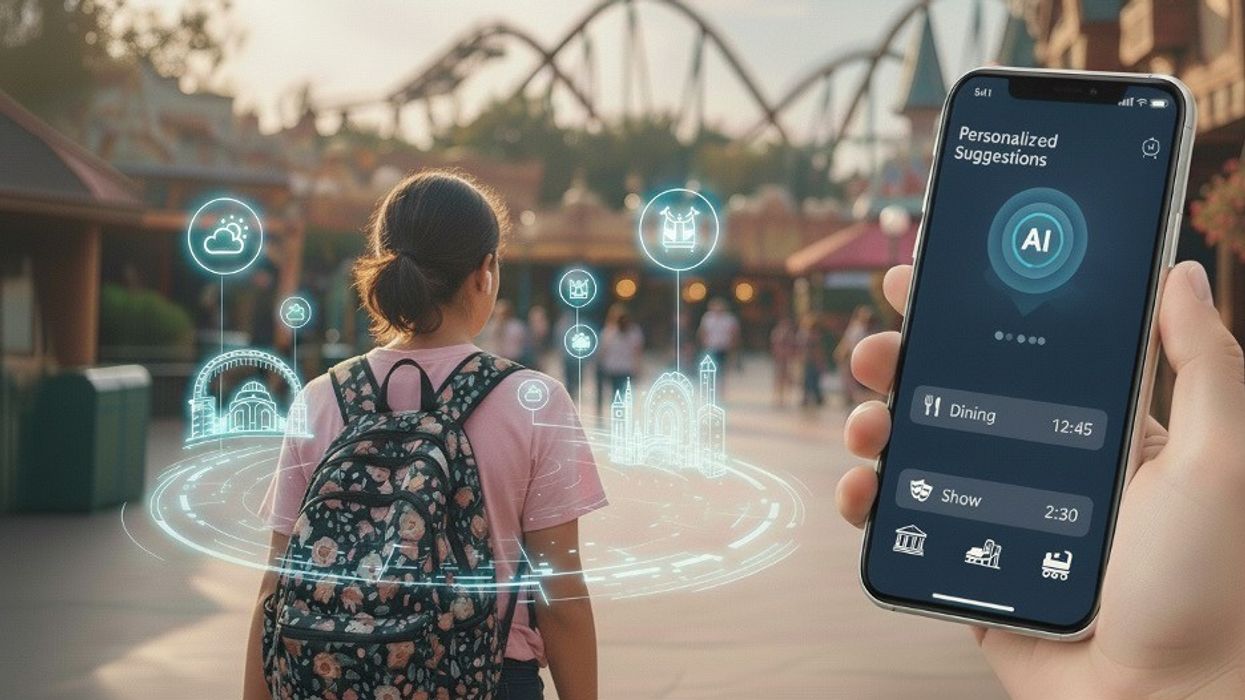




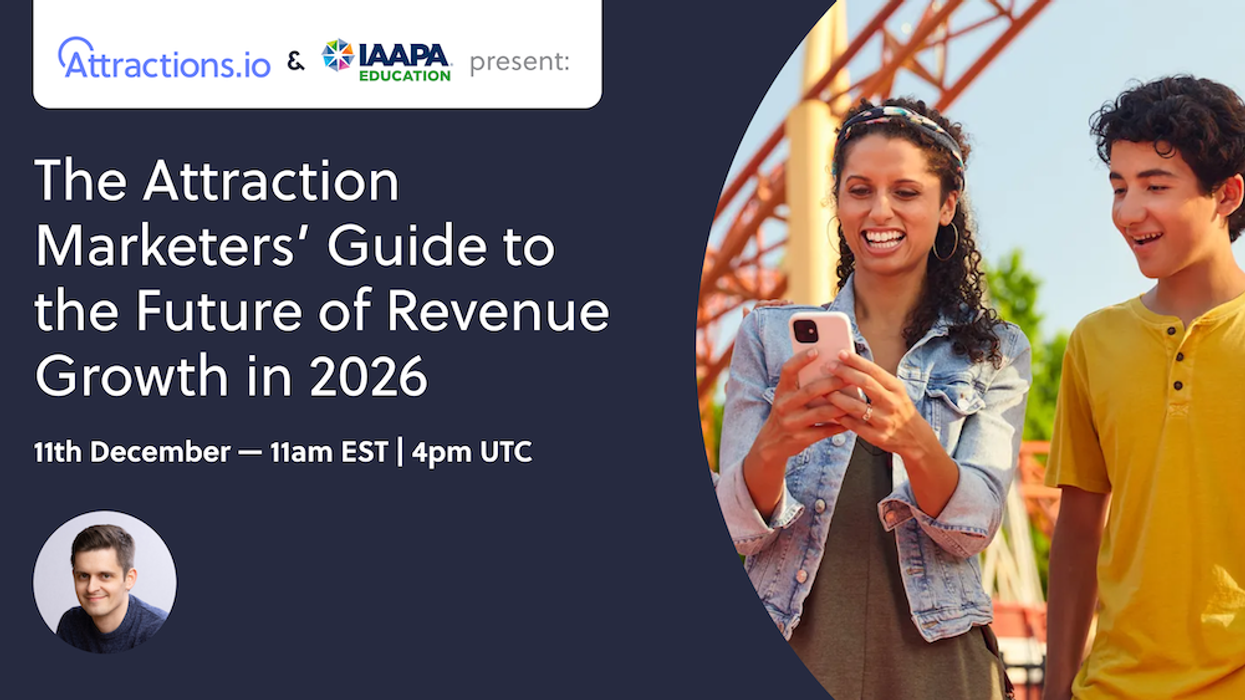
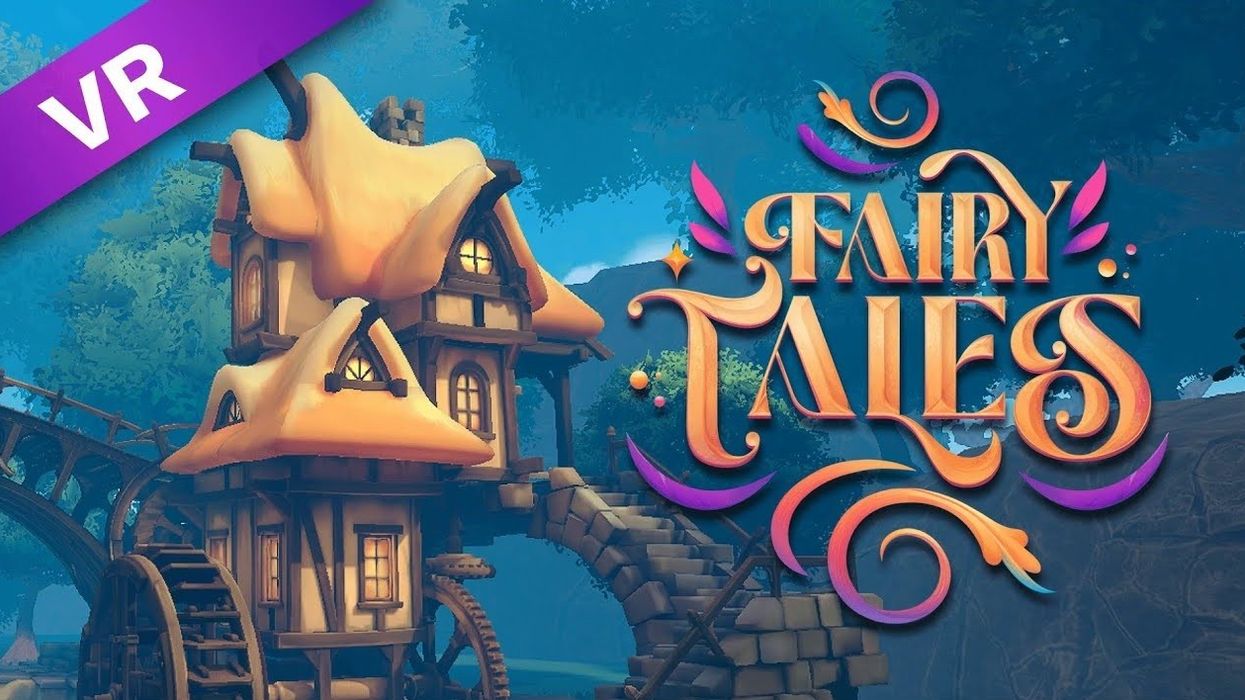
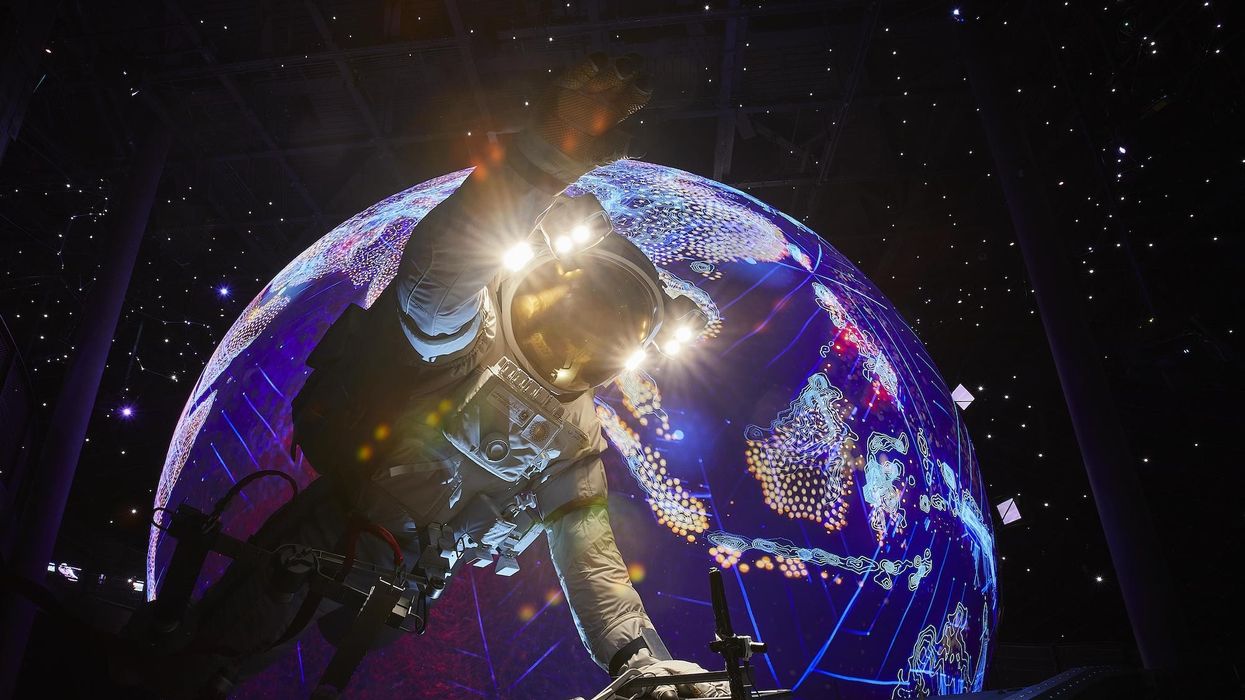
 Andrew Thomas, Jason Aldous and Rik Athorne
Andrew Thomas, Jason Aldous and Rik Athorne
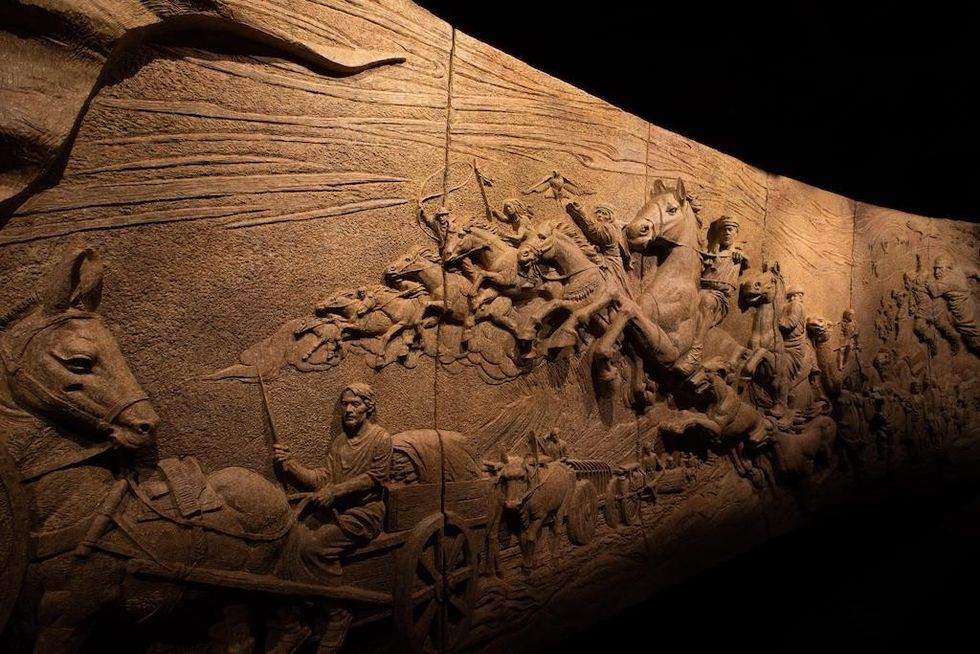
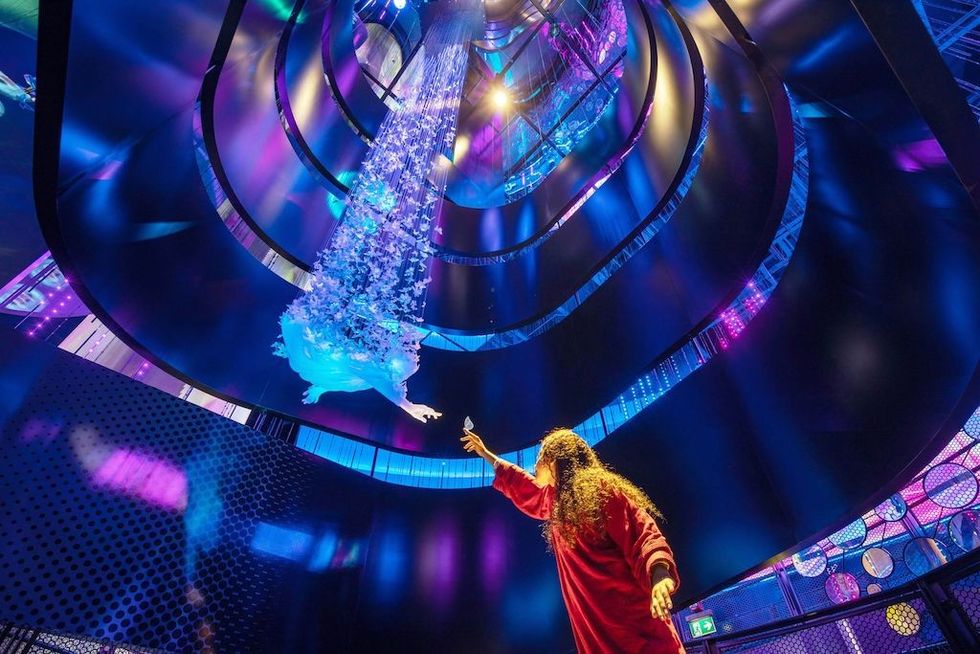

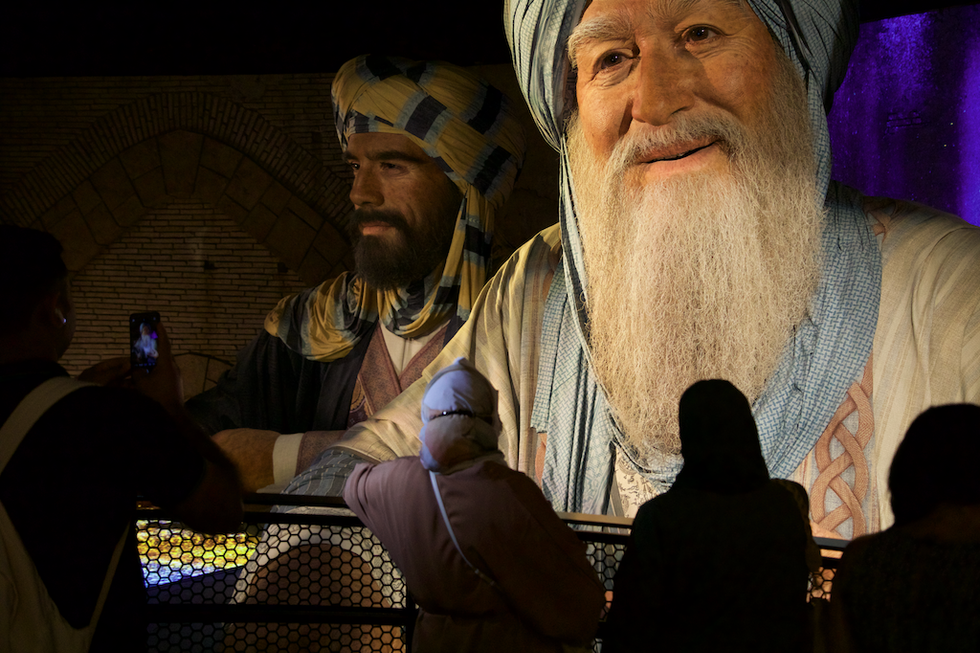


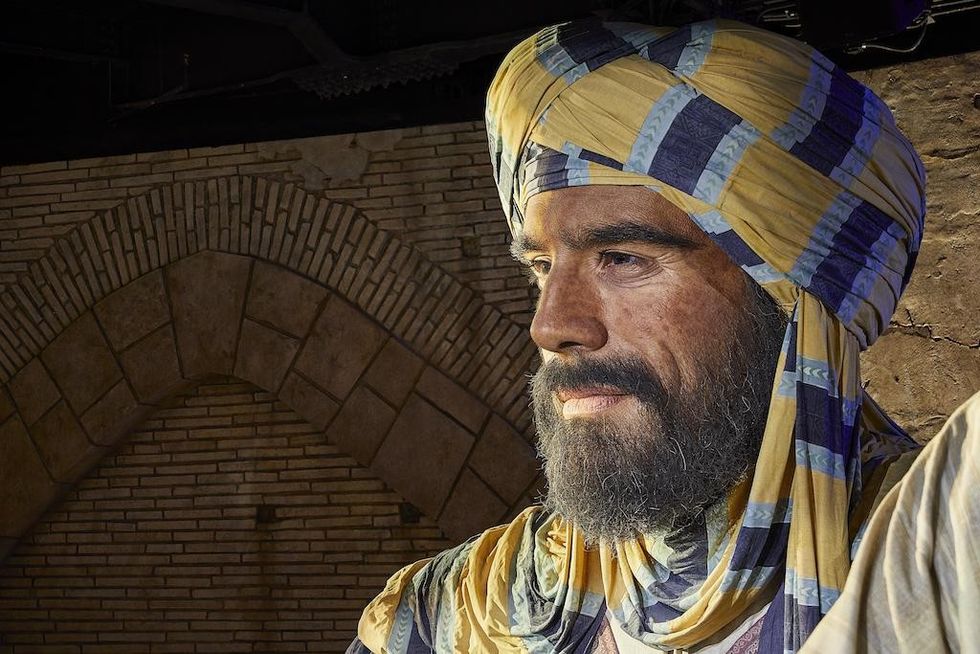


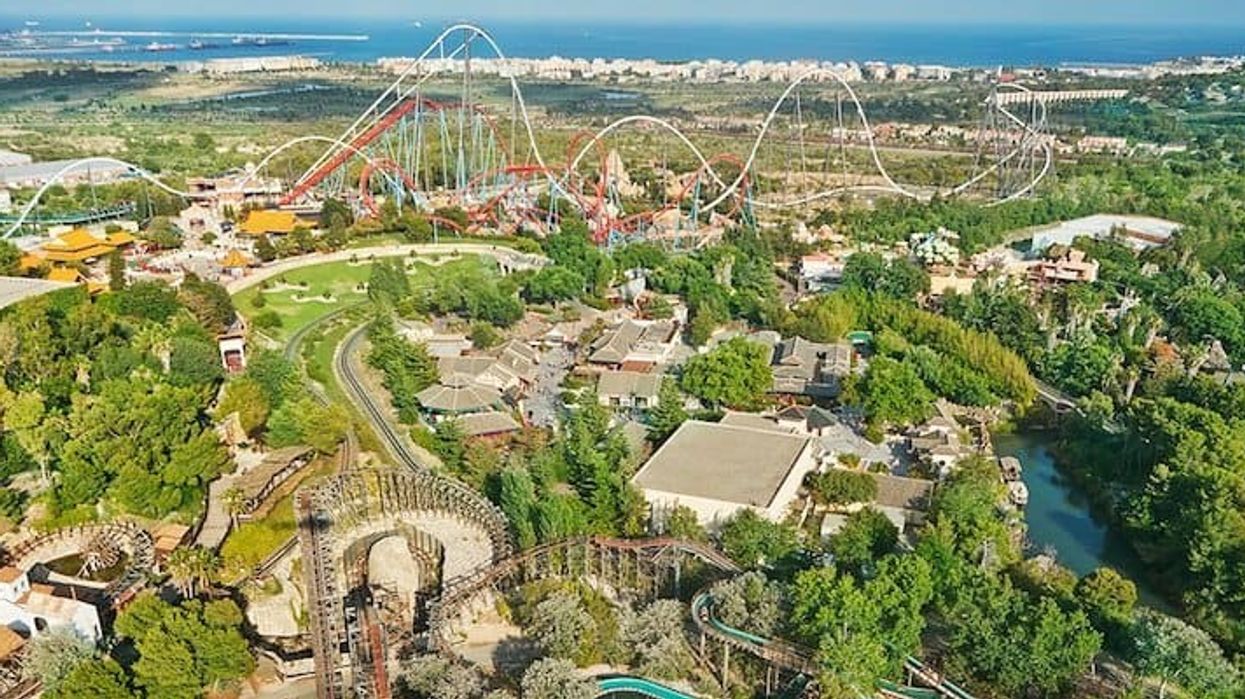
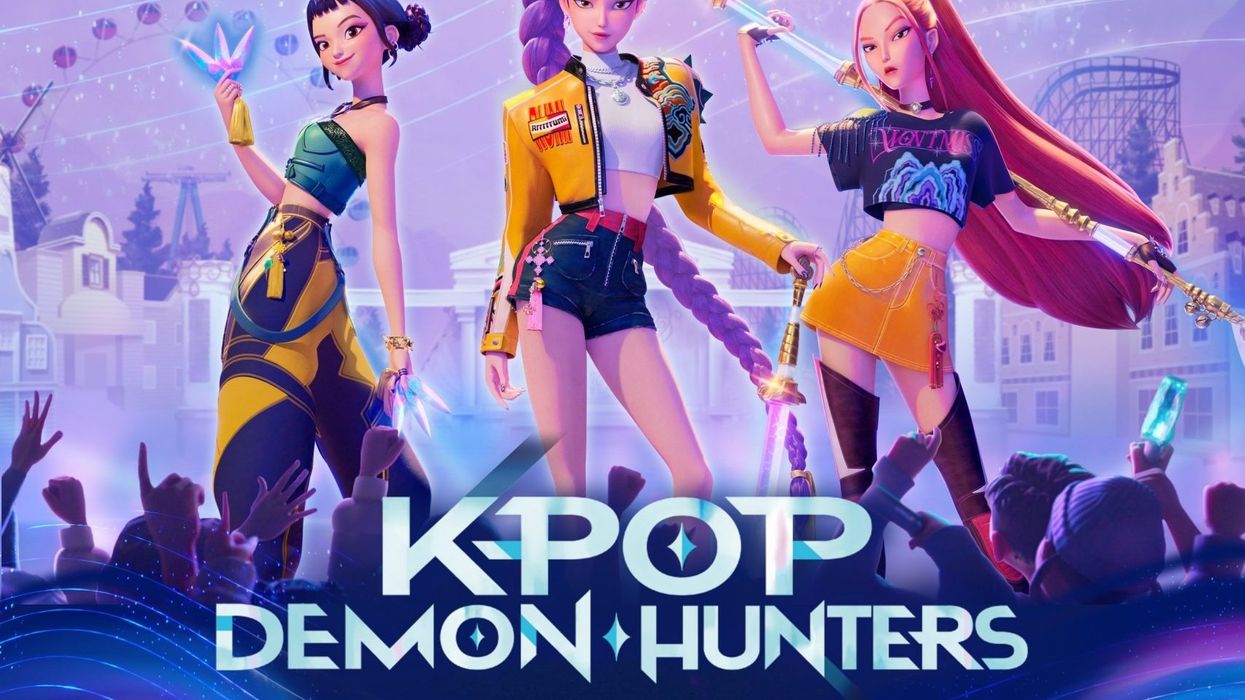
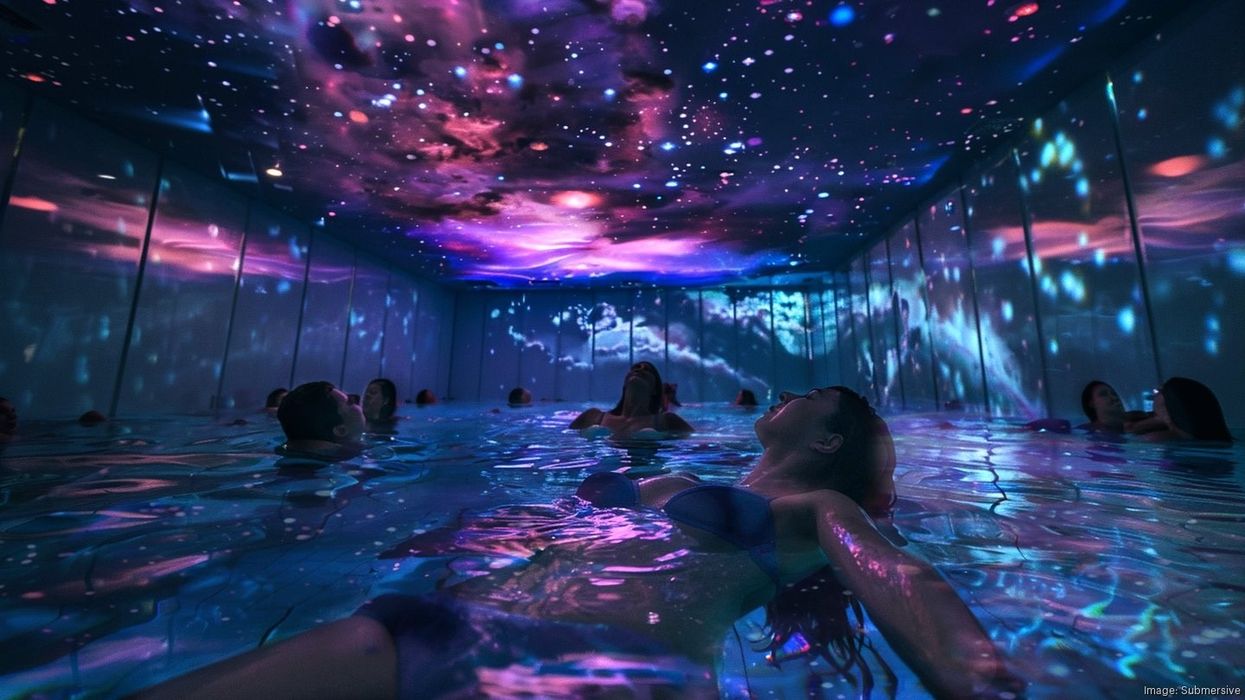
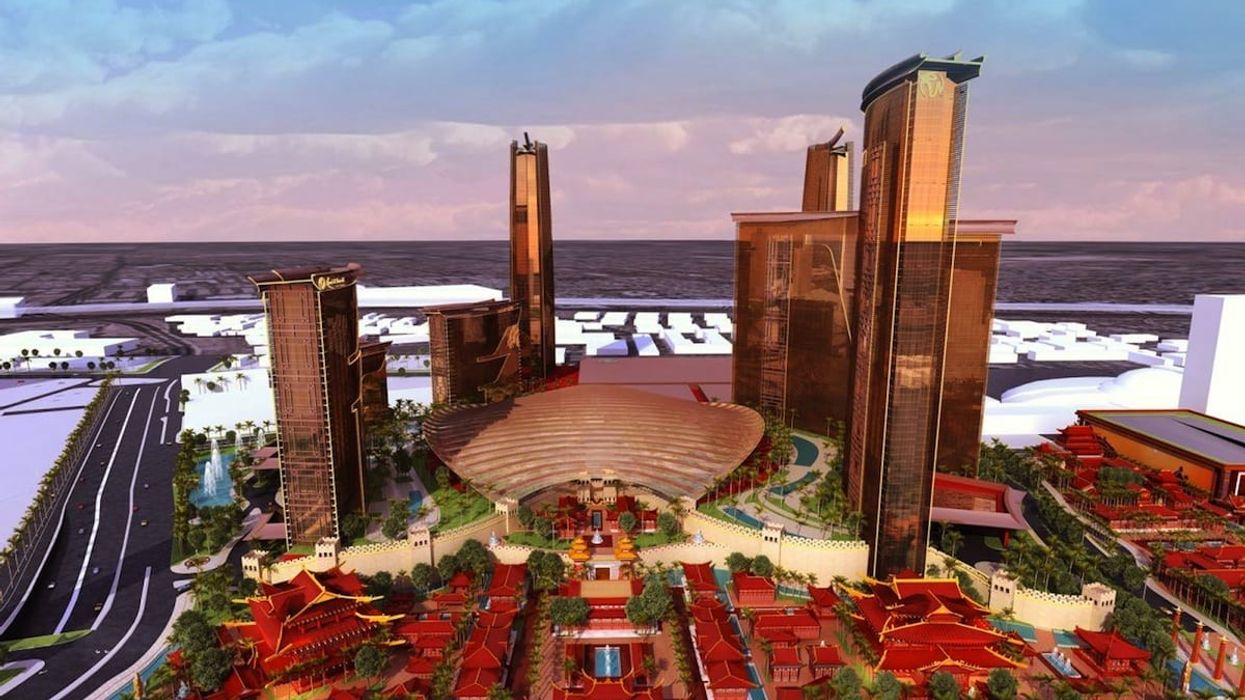





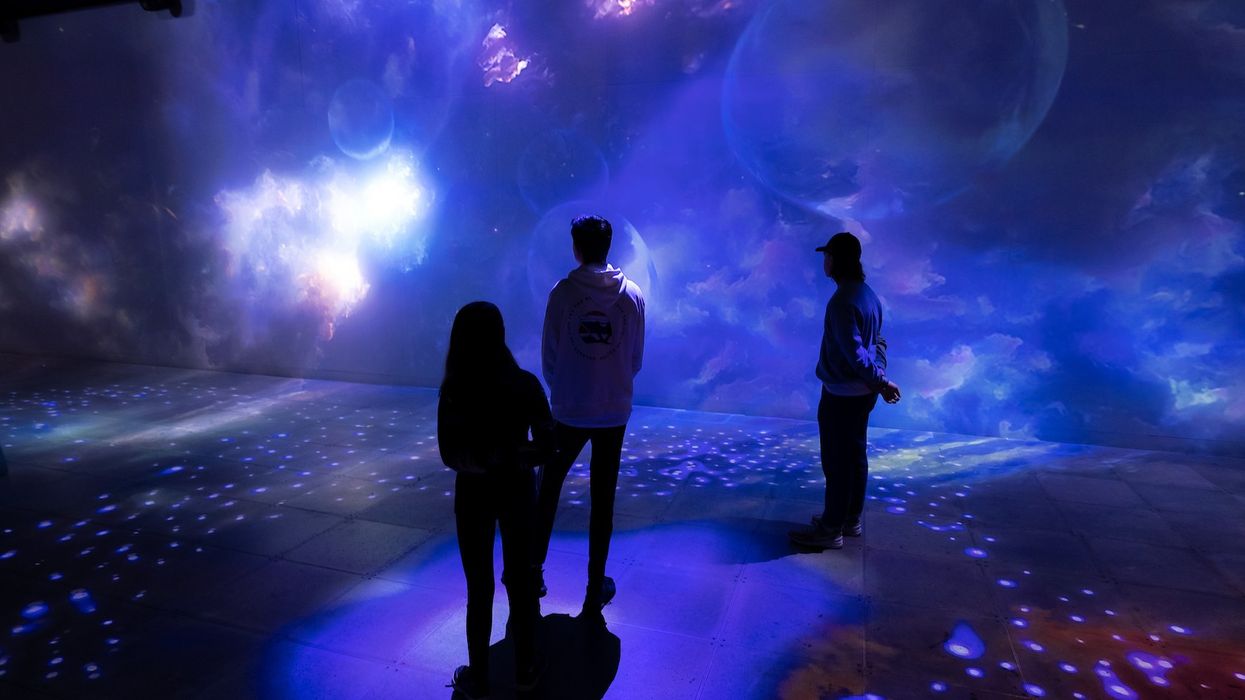
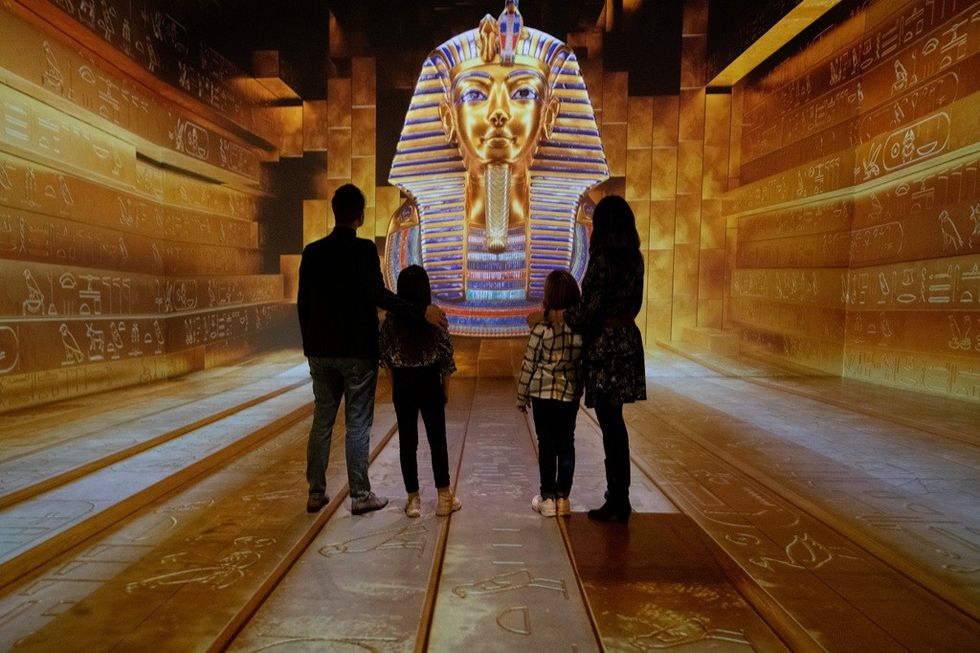 Tutankhamun: The Immersive Exhibition
Tutankhamun: The Immersive Exhibition 
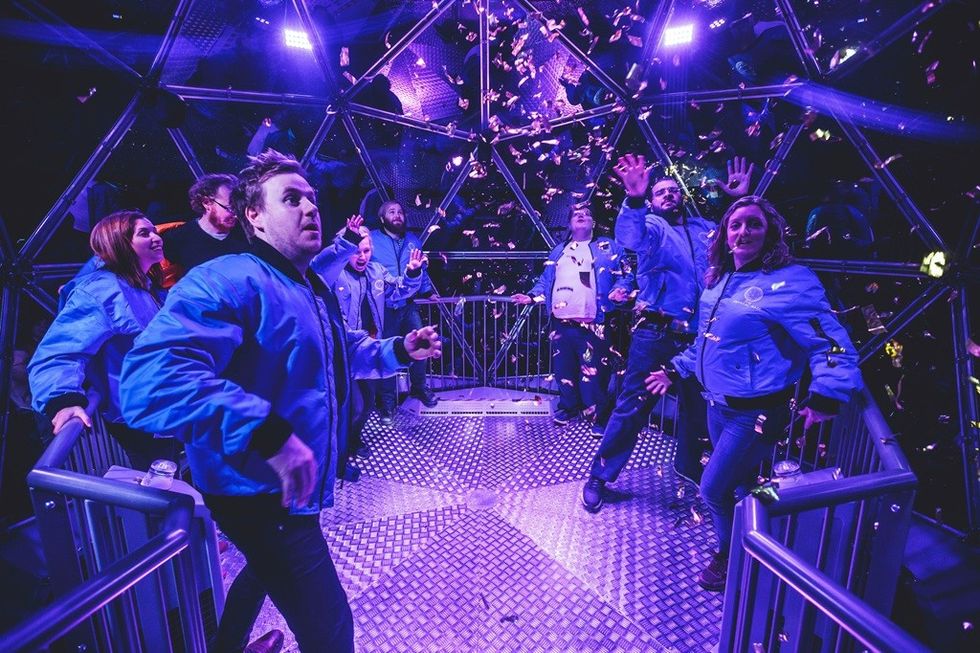 Crystal Maze: The Live Experience
Crystal Maze: The Live Experience 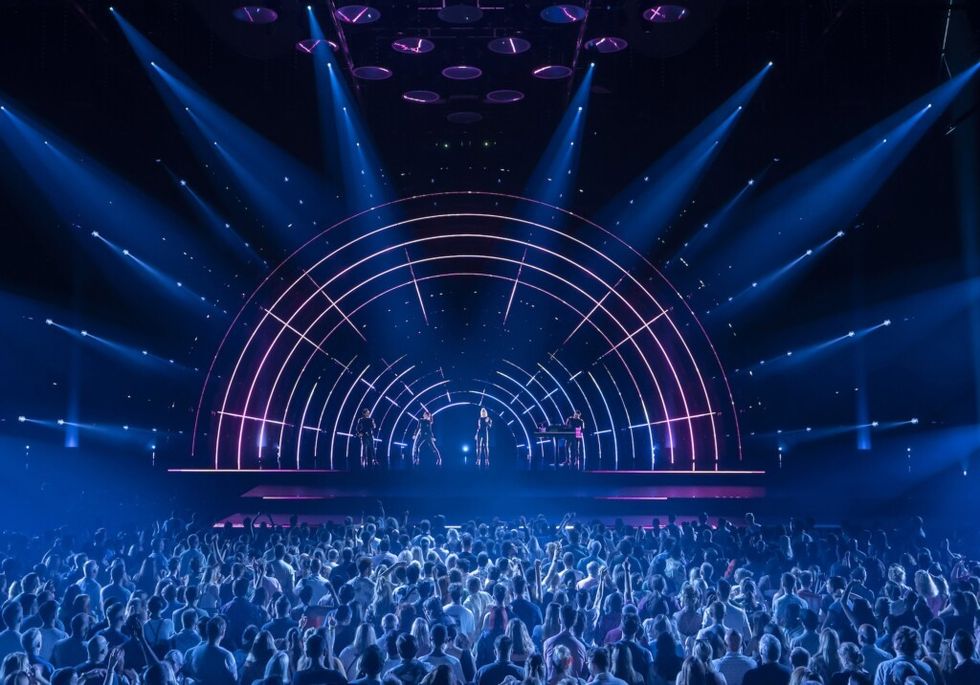 ABBA Voyage Johan Persson
ABBA Voyage Johan Persson  Meow Wolf's The Real Unreal
Meow Wolf's The Real Unreal 
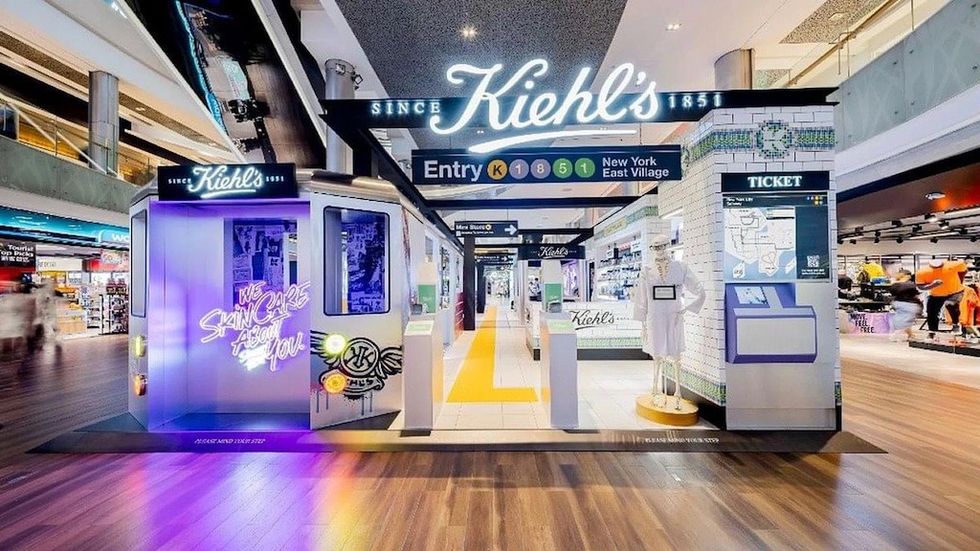 A fully customisable ‘Have-it-your-way’ NYC Subway-style pop-up experience where visitors step into Kiehl’s world through personalised touchpoints, photo moments and interactive brand storytelling
A fully customisable ‘Have-it-your-way’ NYC Subway-style pop-up experience where visitors step into Kiehl’s world through personalised touchpoints, photo moments and interactive brand storytelling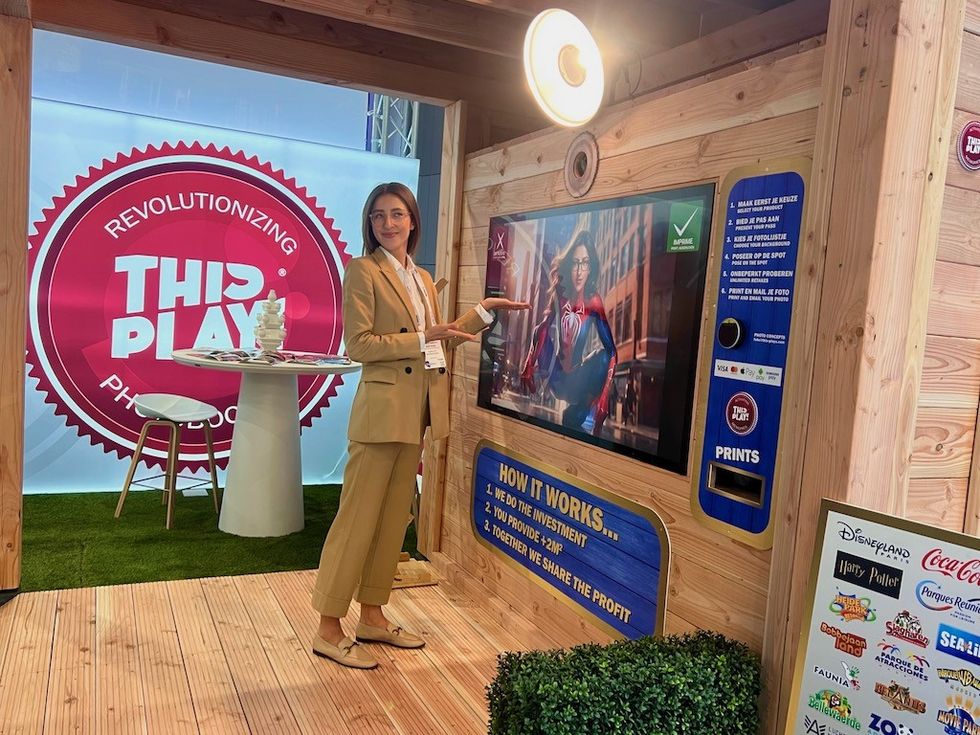 Become a superhero and print your own HeroCard (driving-license style) instantlySource: ThisPlays International
Become a superhero and print your own HeroCard (driving-license style) instantlySource: ThisPlays International